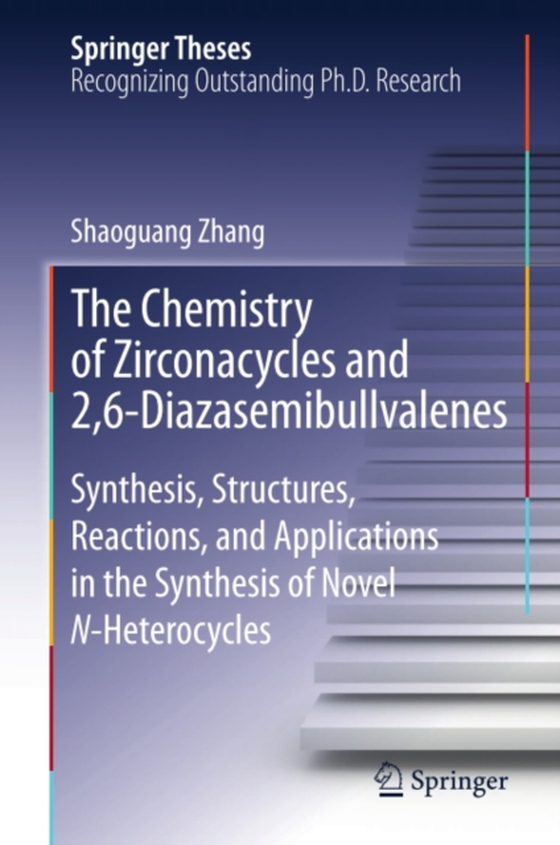
Chemistry of Zirconacycles and 2,6-Diazasemibullvalenes e-bog
1094,16 DKK
(ekskl. moms 875,33 DKK)
In this thesis, the author introduces two strategies used to construct various types of N-heterocycles, based on the chemistry of zirconacycles and 2,6-diazasemibullvalenes. In the first part, the author presents the development of multi-component cyclization of a zirconacyclobutene-silacyclobutene fused compound, nitriles and unsaturated compounds. These reactions provide synthetically useful ...
E-bog
1094,16 DKK
Forlag
Springer
Udgivet
5 november 2014
Genrer
PNND
Sprog
English
Format
pdf
Beskyttelse
LCP
ISBN
9783662450215
In this thesis, the author introduces two strategies used to construct various types of N-heterocycles, based on the chemistry of zirconacycles and 2,6-diazasemibullvalenes. In the first part, the author presents the development of multi-component cyclization of a zirconacyclobutene-silacyclobutene fused compound, nitriles and unsaturated compounds. These reactions provide synthetically useful methodology for various N-heterocycles such as 3-acyl pyrrole, pyrrolo[3,2-d]pyridazine and dihydropyrroloazepine, which are all difficult to synthesize by other means. The isolation and characterization of the key three-fused-ring Zr/Si-containing intermediates are also described in detail. These results show that the zirconacyclobutene-silacyclobutene fused compound behaves as a "e;chemical transformer"e; upon treatment with various substrates via the "e;coordination-induced skeleton rearrangement"e; mechanism. In the second part, the author demonstrates the synthesis and isolation of a series of 2,6-diazasemibullvalenes (NSBVs) from the reaction of 1,4-dilithio-1,3-dienes and nitriles, highlighting the significant progress made for the first time in this work: (1) determination of X-ray crystal structure of a substituted 2,6-diazasemibullvalene; (2) measurement of the activation barrier of its rapid intramolecular aza-Cope rearrangement in solution; (3) exploration of several reaction types of NSBV with diverse ring-expansion products and "e;bowl-shape"e; or "e;cage-shape"e; N-containing polycyclic skeletons; (4) demonstration of the localized structure as the predominant form and the homoaromatic delocalized structure as a minor component in the equilibrium using theoretical analysis. Based on well-founded results, this work sheds new light on this controversial topic.
 Dansk
Dansk

